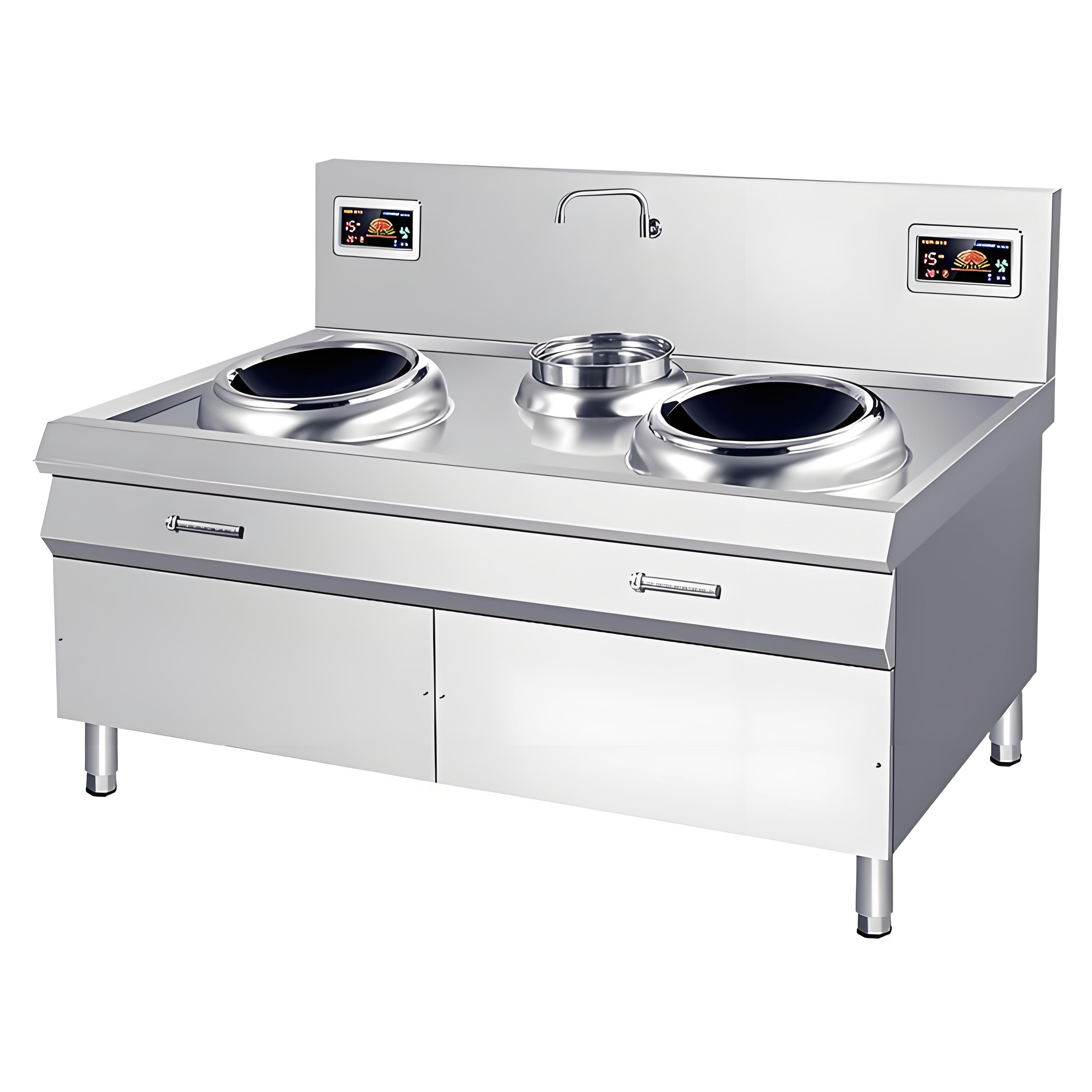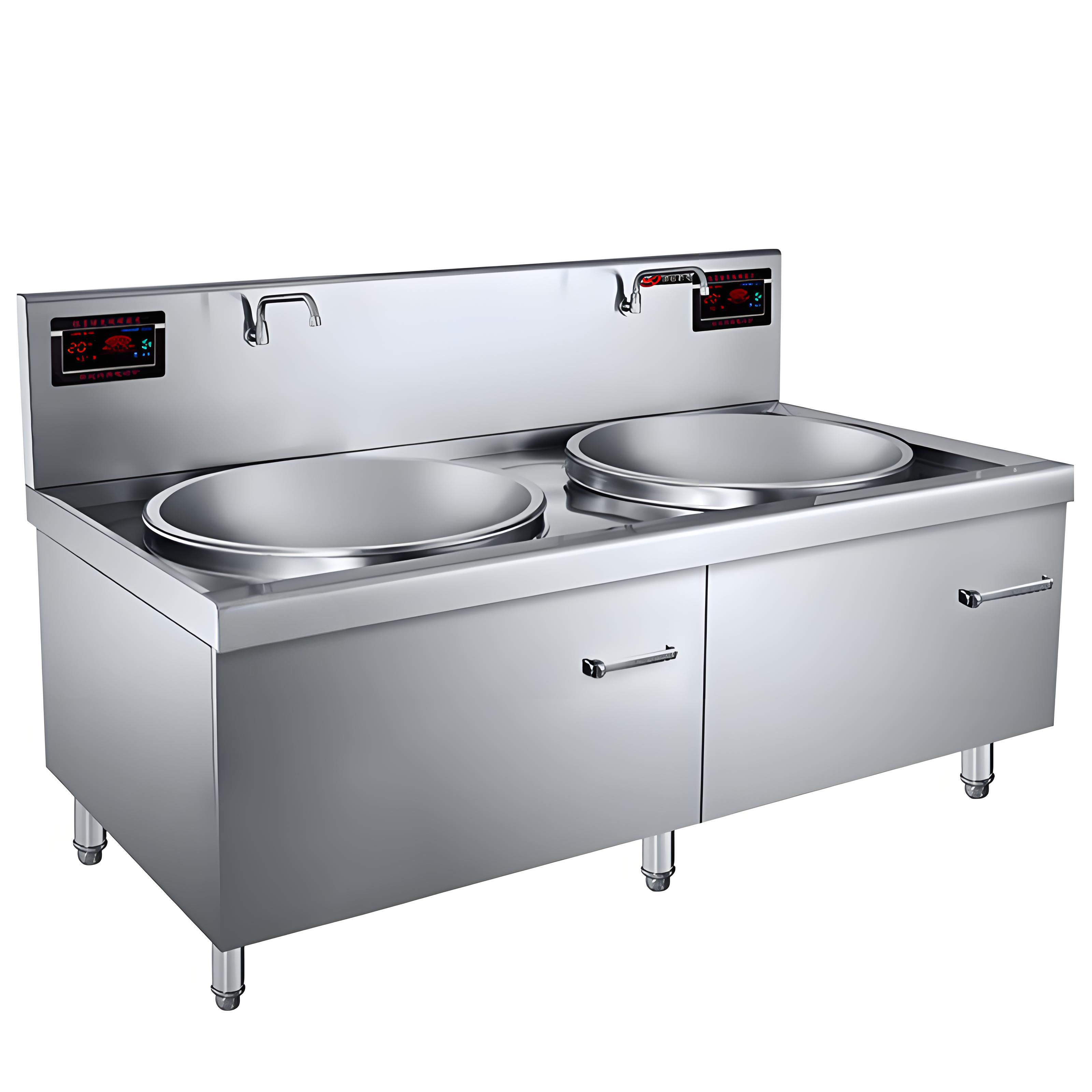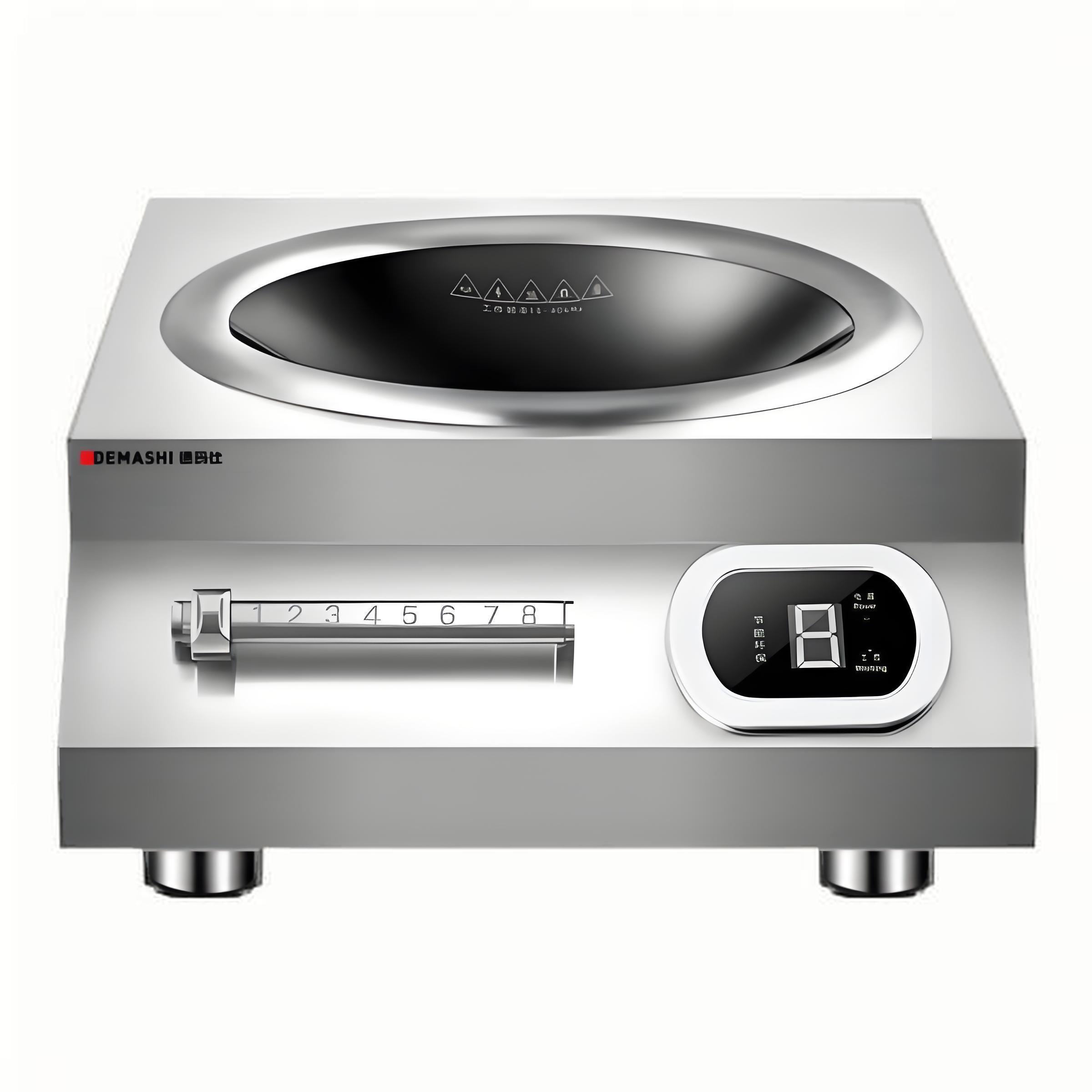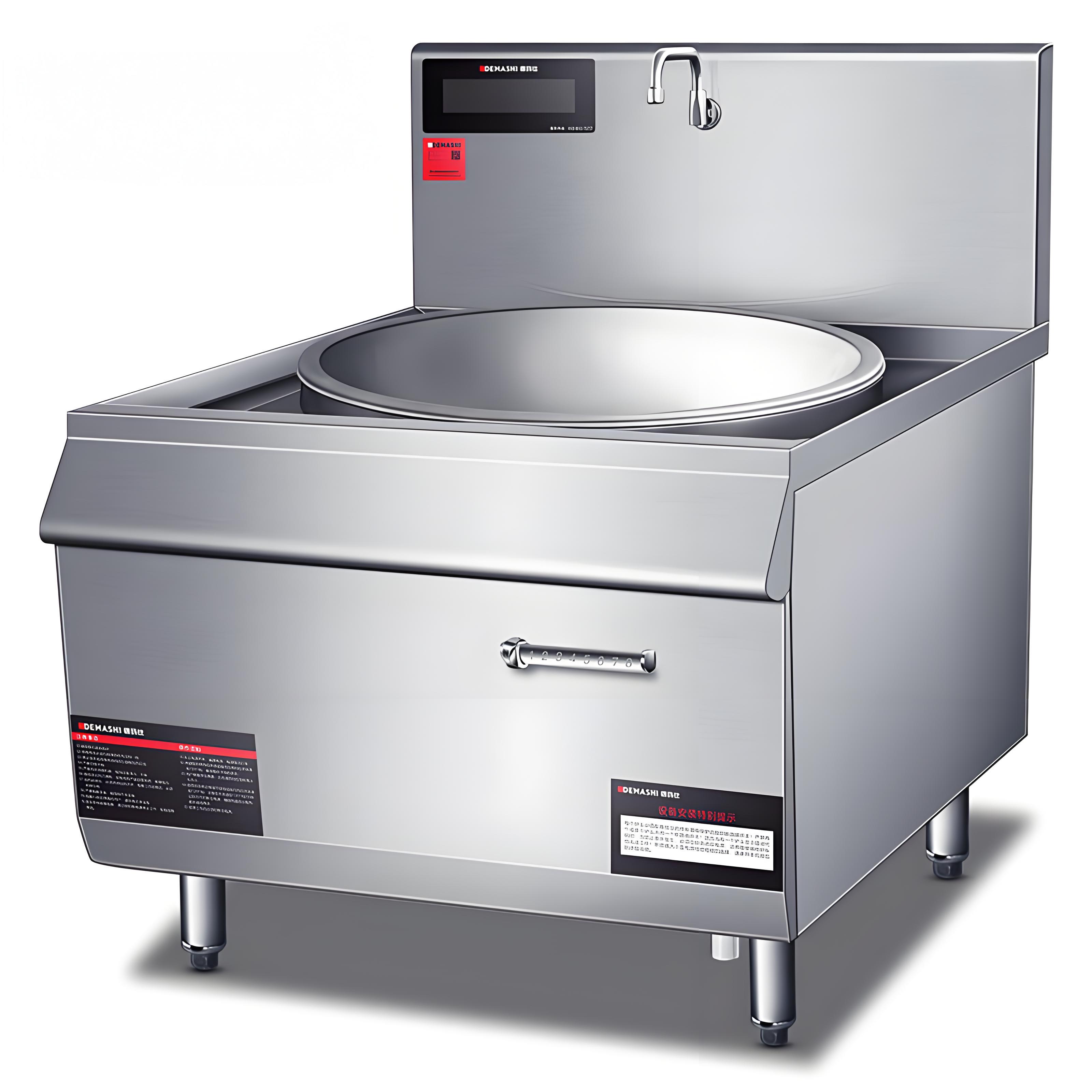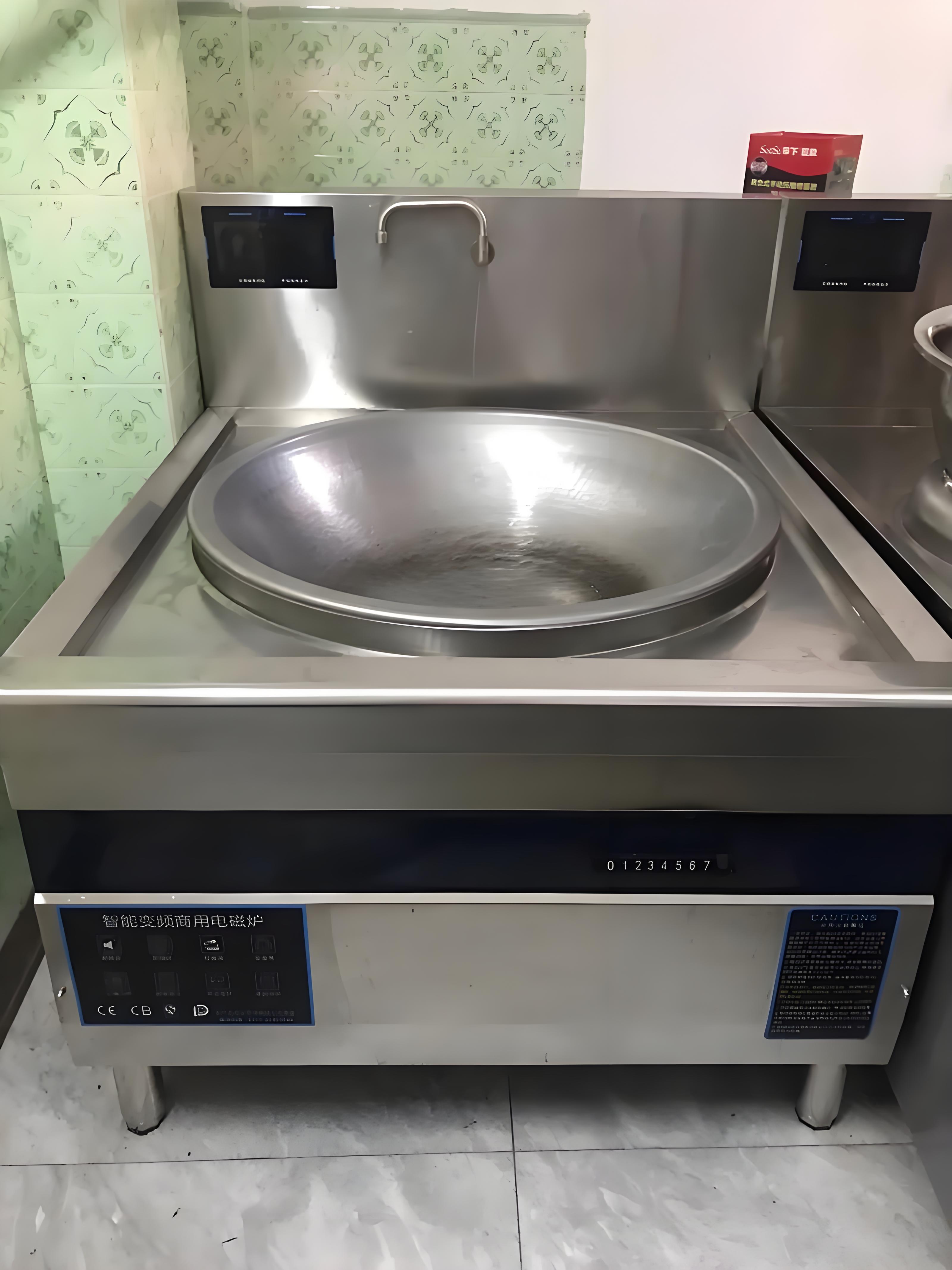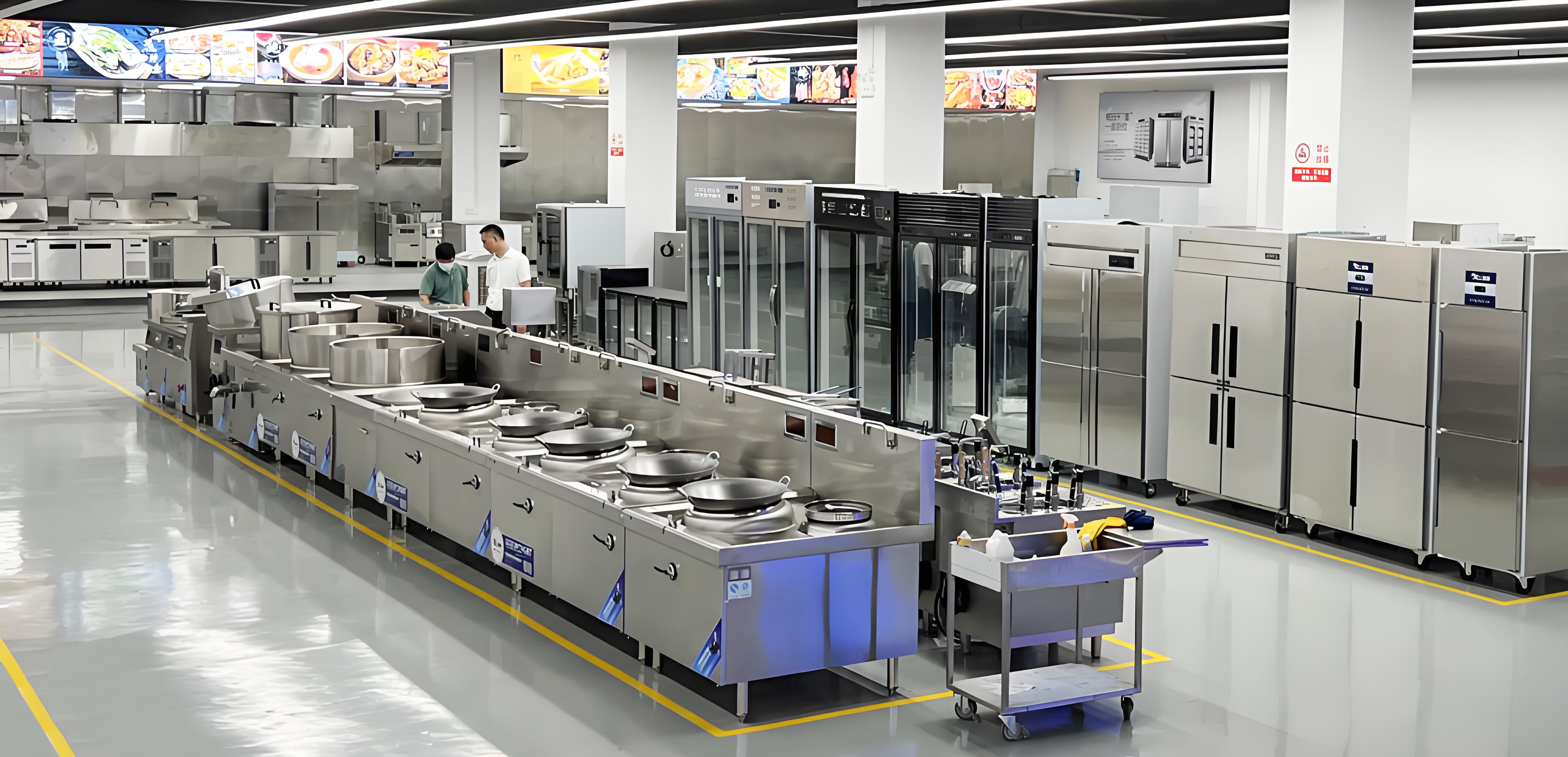Having spent well over a decade immersed in the kitchen equipment industry — from dealing with bustling restaurant backlines to consulting for household appliance manufacturers — I’ve had countless opportunities to compare high-power induction cookers with traditional stoves. Whether you’re a home cook eager to upgrade your kitchen or a restaurant owner weighing energy bills, understanding these differences can save you from costly mistakes.
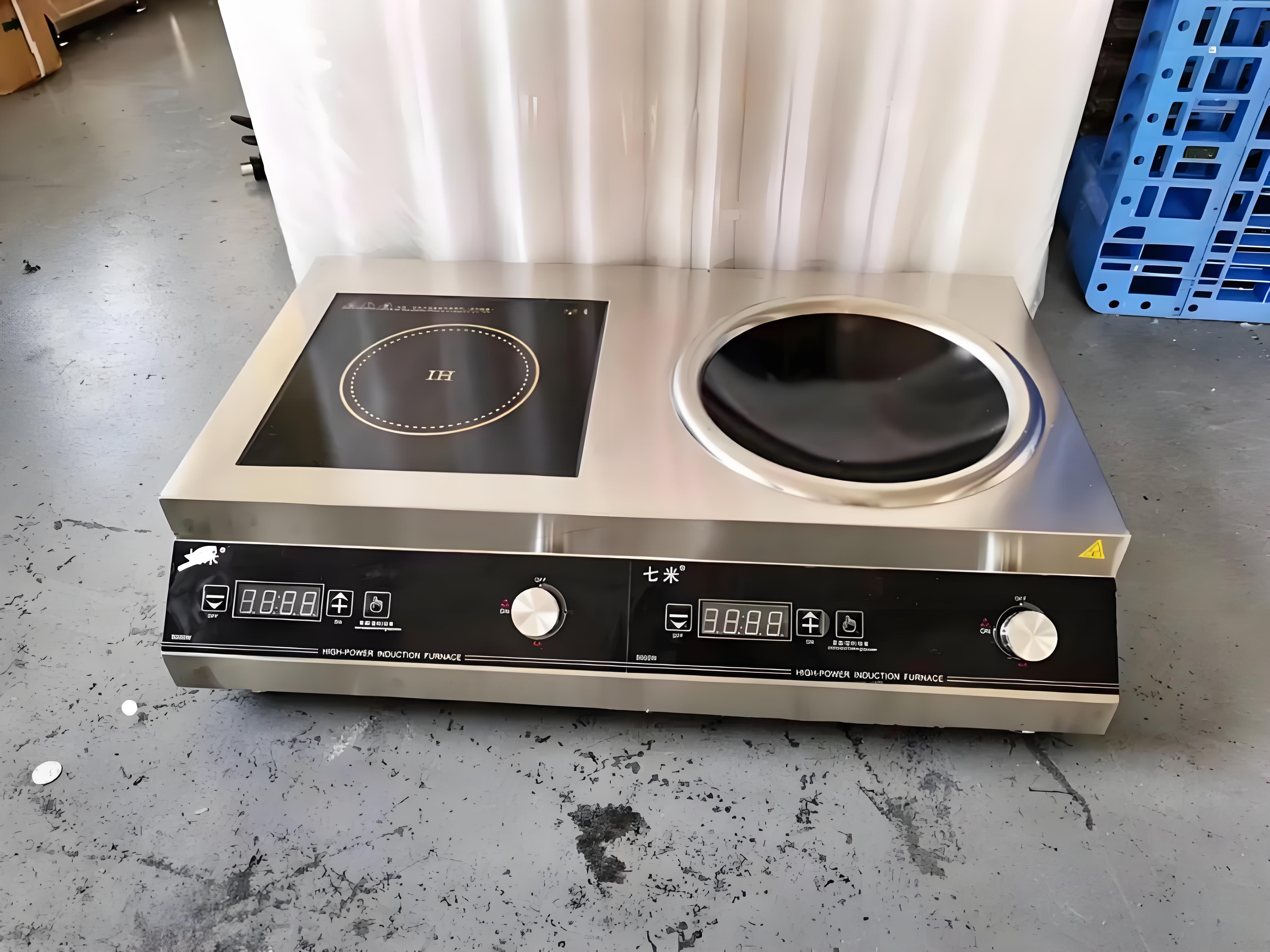
Why people search for this?
When someone starts exploring the topic of high-power induction cookers vs. traditional stoves, they’re usually at a crossroads:
Should I invest in an induction system, or stick to gas or electric stoves?
Will induction affect my cooking style, costs, or safety?
How durable and maintainable are they compared to what I already know?
So in this article, I’ll draw from real-world experience, case studies from my clients, and some technical insights to give you a thorough, practical comparison.
How do high-power induction cookers work vs. traditional stoves?
At its core, the biggest distinction lies in how they generate heat.
| Feature | Induction Cooker | Traditional Stove (Gas/Electric) |
|---|---|---|
| Heat generation | Uses electromagnetic fields to directly heat cookware | Heats air or a metal surface, then transfers heat to cookware |
| Efficiency | ~90% energy goes into cooking | ~50-60% (gas) or ~70% (electric coil) |
| Control | Rapid, precise adjustments | Slower response time, residual heat |
| Surface temperature | Stays relatively cool (except under the pot) | Gets hot overall |
Induction: heating the pot, not the stove
Induction cookers rely on magnetic fields. When you set a ferromagnetic pot on the surface, it completes a circuit — causing the pot itself to heat up through molecular friction. This is why the glass surface doesn’t get scorching hot everywhere, reducing accidental burns and making cleaning easier.
In contrast, traditional stoves heat up either by:
Burning gas, creating a flame, which then heats your pot and a lot of surrounding air.
Or passing electricity through a metal coil, which gets hot, and then transfers that heat.
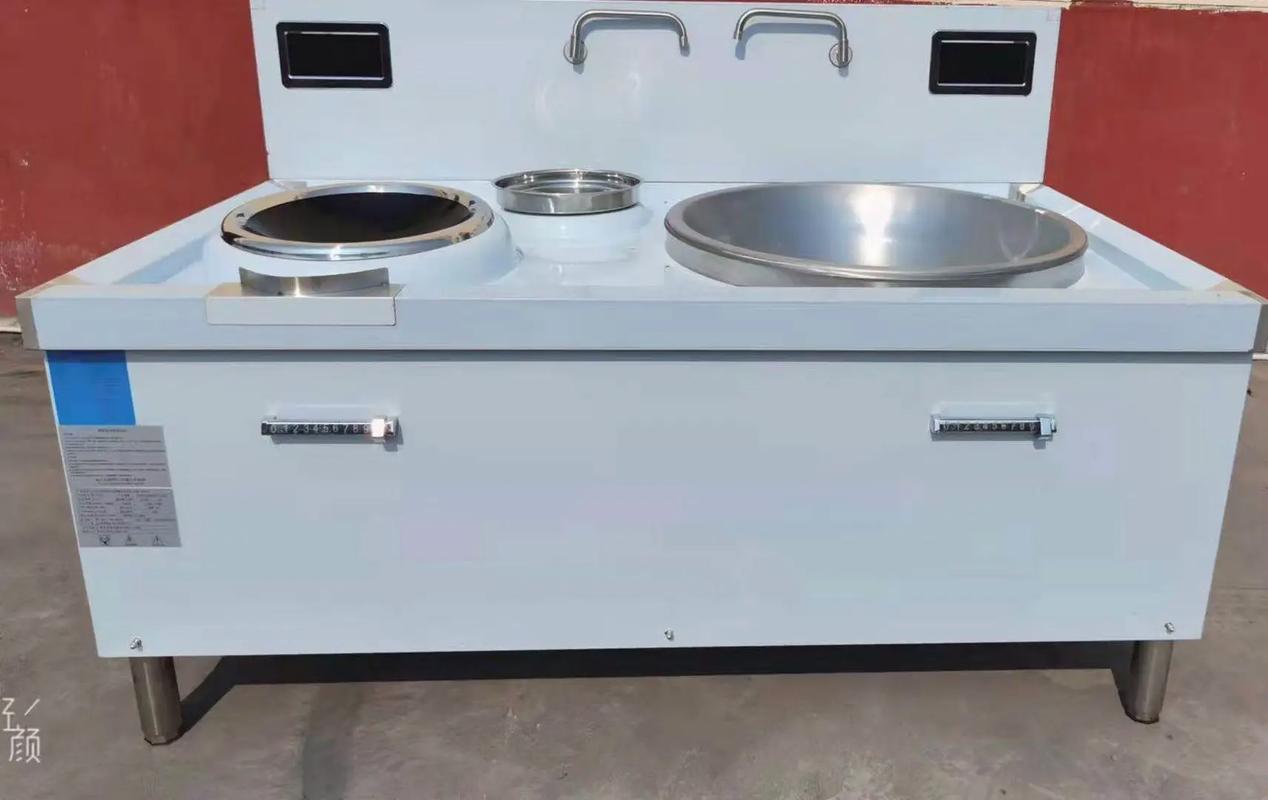
Speed and responsiveness: induction wins hands down
In my early years consulting with commercial kitchens, one of the first things chefs noticed when switching to high-power induction was just how quickly water boils. You can take 2 liters of water from room temp to boiling in under 3 minutes on a modern 3500W induction unit. With gas, that same task might take nearly twice as long, depending on BTU ratings.
Equally impressive is how instantly induction stops heating when you turn the dial down or lift the pot. Traditional burners often stay hot for several minutes, risking overcooking delicate sauces.
Energy efficiency and long-term cost
This is often overlooked by first-time buyers. People see the higher initial price of a high-power induction cooker and hesitate. But if you break down the math:
Induction is roughly 90% efficient — nearly all the energy goes into cooking the food.
Gas is only about 50-60% efficient, the rest drifts away as hot air, heating your kitchen (which might be great in the winter, miserable in the summer).
Over years of use, especially in commercial settings where stoves run 8+ hours a day, this difference translates into thousands in savings.
Safety: a big shift in risk profile
Having seen my share of kitchen accidents, I can tell you: fire risk dramatically drops with induction.
There are no open flames. No exposed glowing coils. No worries about gas leaks. The unit shuts off automatically if no pan is detected. Even spilled food is less likely to burn onto the surface because it’s not superheated like an electric coil.
On the flip side, induction does have electrical complexity. Power surges or improper installations can damage the electronics. So while you’re less likely to have a grease fire, you do need to ensure good electrical infrastructure.
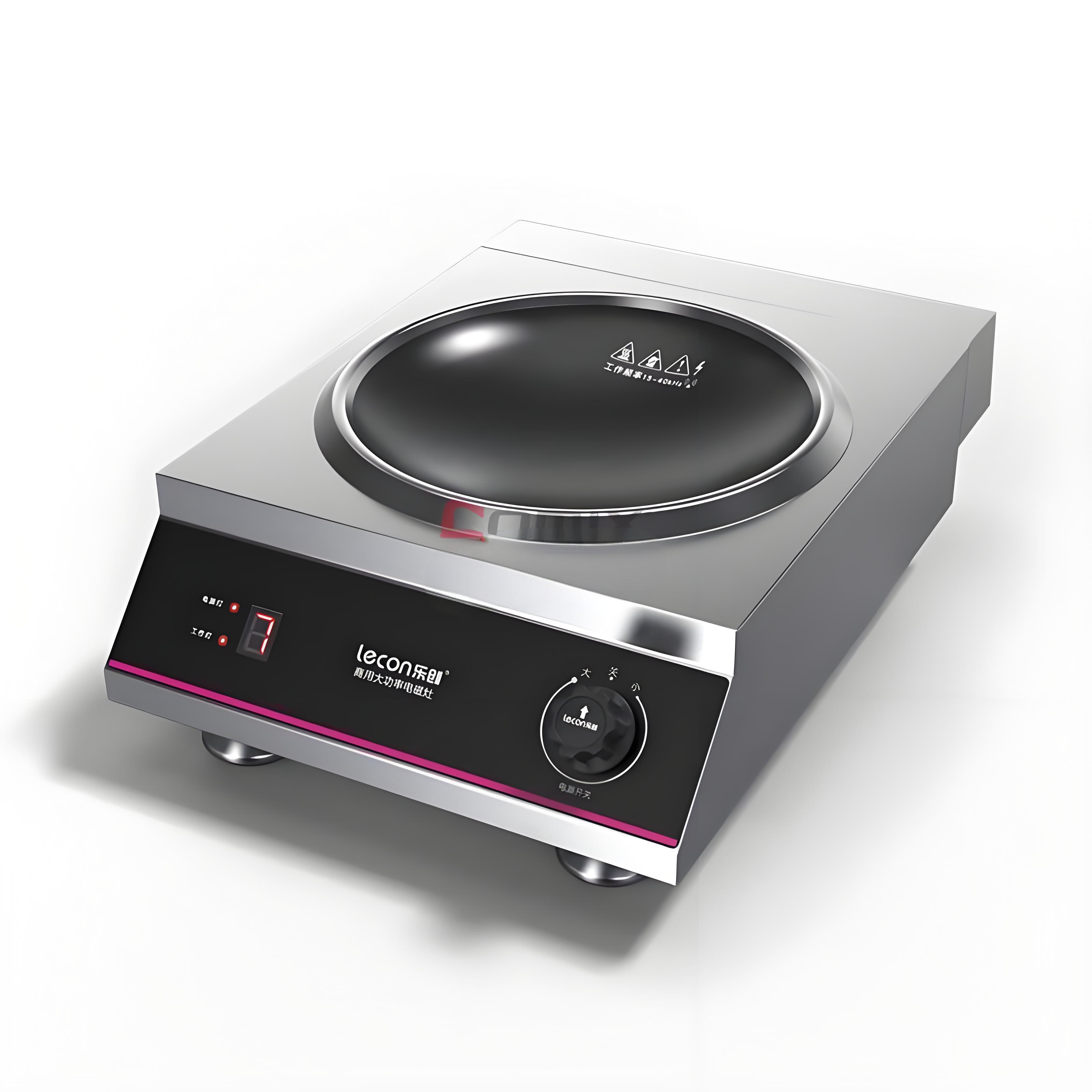
What about cooking style and food taste?
This is the heart of many chefs’ concerns. I’ve stood by enough sauté stations to appreciate the romance of a gas flame licking up the sides of a wok. Some techniques, like direct flame roasting (charring peppers), simply aren’t possible on induction.
However, for most tasks — simmering sauces, boiling pasta, frying cutlets — induction matches or even surpasses gas in control and uniformity. Once chefs adjust, many actually prefer it because there’s less ambient heat in the kitchen, leading to a cooler, more comfortable workspace.
Maintenance and lifespan: different headaches
Traditional gas stoves are rugged. Parts are mostly mechanical, easy to diagnose. You clean burner heads, replace thermocouples, and you’re back in business.
Induction cookers, especially high-power commercial models, have electronic boards and sensors that can fail. Repairs can be pricier, requiring specialized technicians. But on the flip side, the flat glass surface is a dream to clean compared to scrubbing under gas grates.
Noise factor: one thing people don’t expect
Many first-time users are surprised by the slight humming or fan noise of induction. The high-frequency magnetic fields can cause pots to vibrate subtly, and cooling fans kick on under heavy loads. It’s nothing major, but it’s a different sensory experience compared to the silence (or gentle gas hiss) of traditional stoves.
My professional verdict
So, after years helping clients make these decisions, where do I land?
If you prioritize speed, energy efficiency, kitchen comfort, and safety, high-power induction is a brilliant choice.
If you need very rugged, flame-based cooking, or want to keep costs ultra-low upfront, gas still has a place, especially where electricity is expensive or unreliable.
For many modern kitchens, a hybrid approach is becoming popular: induction for most tasks, with one or two gas burners reserved for wok or flame-char work.
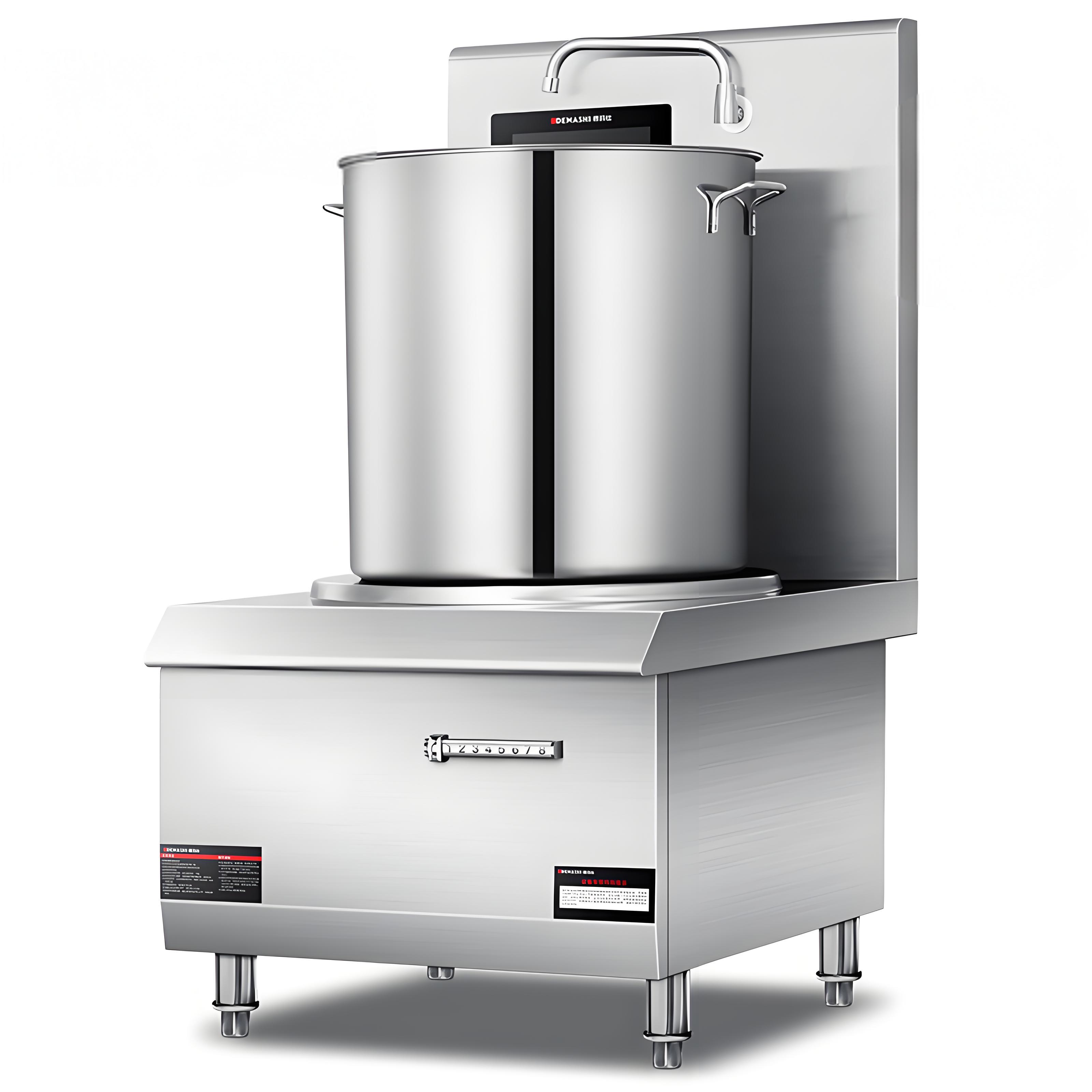
Practical table: quick summary of pros & cons
| Aspect | High-Power Induction | Traditional Stove |
|---|---|---|
| Heat control | Extremely precise, instant | Good, but slower changes |
| Safety | No open flame, auto shutoff | Risk of fire & burns |
| Efficiency | ~90% | ~50-70% |
| Maintenance | Needs qualified techs | Simple mechanical fixes |
| Cleaning | Easy wipe glass top | Grates, burners get greasy |
| Upfront cost | Higher | Lower |
Every kitchen I’ve helped design or optimize taught me a little more about matching the right heat source to the cook’s needs. There’s no single perfect answer — just what works best for your style, your energy bills, and your peace of mind.
If you ever want a personal recommendation, feel free to drop a comment or message me with your kitchen specs and typical dishes. I’m always happy to help.
Related Q&A
Q: Do induction cookers require special pots?
Yes, they need cookware with ferrous (magnetic) bases. A simple fridge magnet test: if it sticks firmly to the bottom, your pot will work.
Q: Is it true induction can’t handle high heat like gas?
Not really. A modern 3500W or 5000W induction can outpace many gas burners. The difference is there’s no visible flame, so you judge by time and sizzle instead of the visual cue.
Q: Will induction raise my electricity bill?
Possibly. But because it’s so efficient, the total energy cost is often lower than running a gas stove, especially when factoring in reduced cooling loads on your AC.
Q: Is glass top fragile?
Tempered glass on induction cookers is tough, but you can’t treat it like a chopping board or drop cast iron from height. Normal cooking is perfectly safe.
